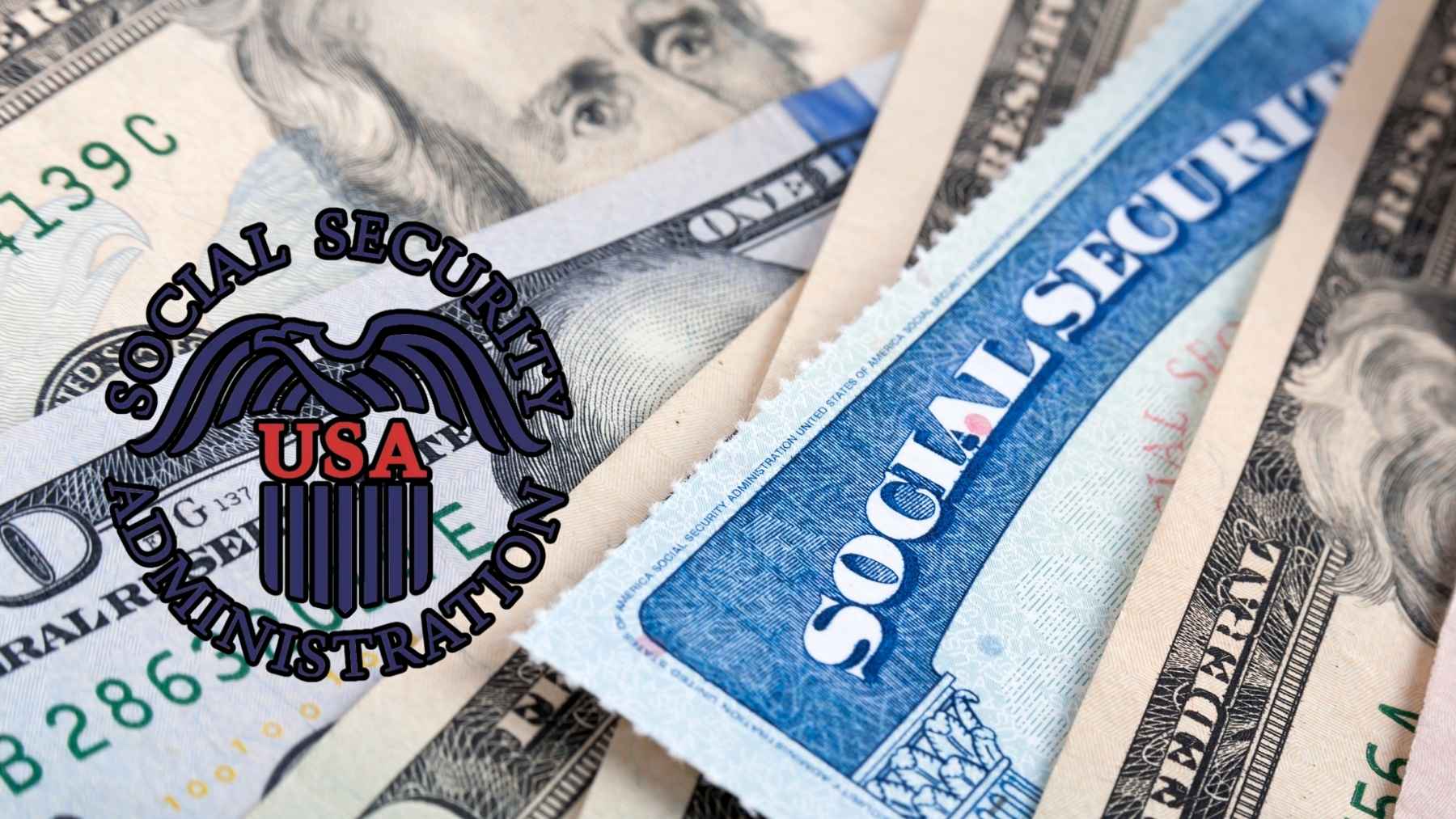If you’re retired and rely on Social Security or Supplemental Security Income (SSI) to manage your monthly expenses, then you know how important it is for those payments to arrive on time. Any minor change in the payment schedule can affect your budget. That’s exactly what happened for many SSI recipients in June, and it’s affecting how July feels.
In short: while July payments are going out on schedule, they’re arriving later than last month because of how the calendar lines up. Here’s what to expect and what to do if your money doesn’t show up on time.
How Social Security and SSI Payment Dates Are Determined
The timing of your benefit depends on what type of payment you receive.
- Social Security retirement benefits are paid based on your birth date. If your birthday falls:
- Between the 1st and 10th of the month, you’ll get your payment on the second Wednesday.
- Between the 11th and 20th, it’s the third Wednesday.
- From the 21st onward, it arrives on the fourth Wednesday.
- SSI benefits are generally paid on the first day of each month. However, if the first falls on a weekend or federal holiday, you’ll receive your payment early, usually on the last business day before the first.
- Receiving both SSI and Social Security? Then your SSI will come on the 1st, and your Social Security benefit will be paid on the 3rd of each month, unless those dates fall on a weekend or holiday.
- If you began receiving Social Security before May 1997, you also get your check on the 3rd of the month, no matter your birthday.
Why July Feels Off for SSI Recipients
June 1, 2025, fell on a Sunday, when federal offices are closed. Because of that, SSI payments were sent out early, on Friday, May 30. So while the money was meant for June, recipients actually got it before the month even began.
Since June’s SSI payment arrived early at the end of May, there was no deposit during the month of June itself, which makes the wait for July’s payment seem longer than usual. But there’s no need to worry. July 1 falls on a Tuesday, so the payment is right on schedule. It only feels delayed because of how the dates lined up.
What to Do if Your Payment Is Missing
If your benefit doesn’t show up on the expected day, don’t panic. The Social Security Administration (SSA) recommends waiting three full business days before taking action.
In the meantime, here’s what you can check:
- Call your bank or credit union to see if there’s been a delay on their end. Sometimes it’s a processing issue, not a problem with SSA.
- Log in to your online Social Security account to make sure all your personal and banking information is up to date.
- Still no luck? Call the SSA at 1-800-772-1213 or visit your local SSA office for in-person help. You can find your nearest location using the SSA website.
Planning Around a Fixed Income
When you’re relying on a fixed income, timing matters. Knowing the exact day your benefits arrive helps you cover bills, buy essentials, and steer clear of overdrafts. That’s why it’s important to keep track of the payment schedule, especially in months when the usual dates shift around.
Final Thoughts
Knowing when your benefits arrive and why they might feel off some months, can help you stay ahead of your finances. July’s payments are going out as scheduled, even if they’re arriving later than they did in May. Stay organized, monitor your account, and don’t hesitate to reach out to the SSA if something seems off.

